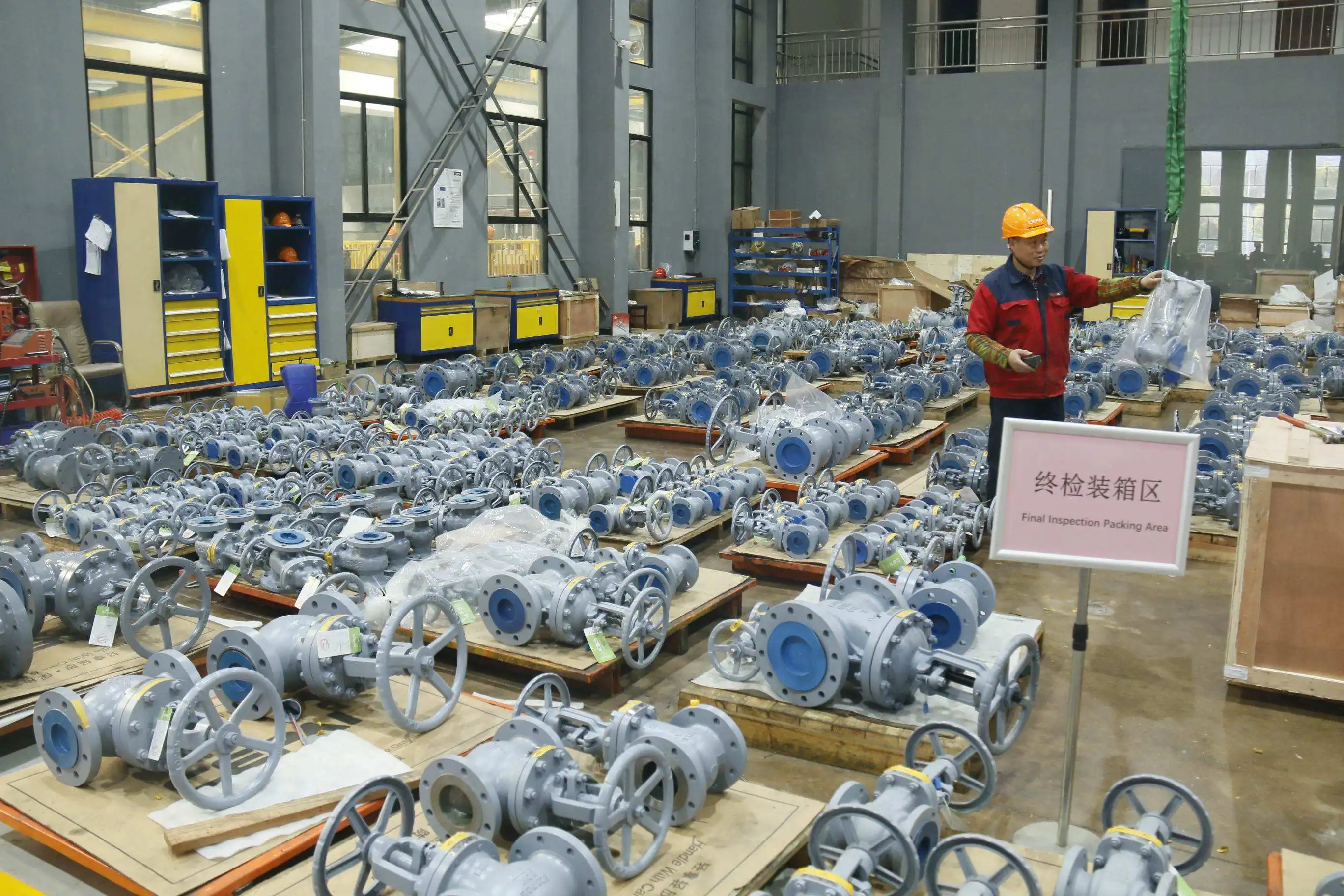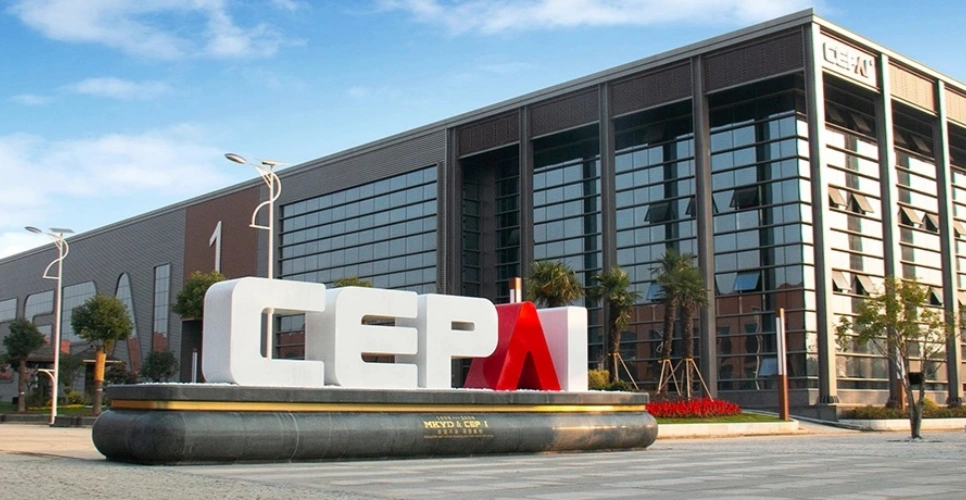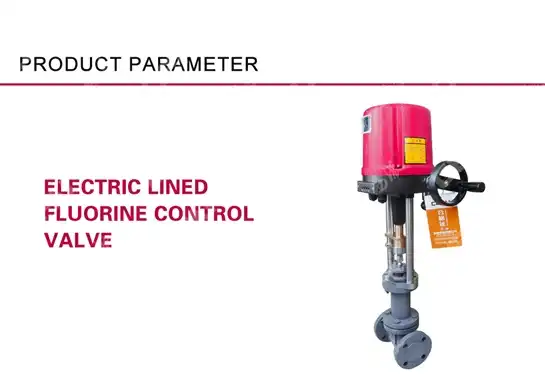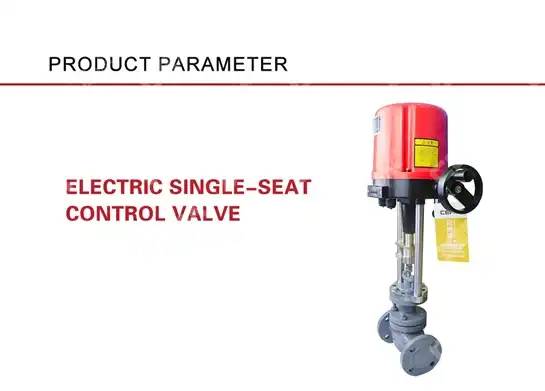Understanding control valve specs is basic for selecting the right gadget to oversee liquid stream with accuracy and consistency. Control valve determinations such as stream rate, weight drop, actuator sort, and valve measuring decide how effectively the valve meets an application's requests. This direct investigates these basic parameters and offers bits of knowledge on applications and buying tips to help experts around the world make educated choices. Collaborating with a trustworthy provider guarantees access to expertly made items highlighting uncommon strength and high-precision control execution.
Key Specifications of Control Valves Explained
Each control valve's usefulness pivots on a few specialized determinations that impact its execution. Stream rate demonstrates the volume of liquid passing through the valve over time, specifically influencing handle proficiency. Weight drop measures the lessening in weight from the valve's channel to the outlet, which must be adjusted to optimize framework soundness. The actuator type—whether pneumatic, electric, or hydraulic—determines the valve's operational speed and control exactness. Valve measuring must coordinate the system's requests, as an inaccurate estimate can cause wastefulness or untimely wear.
Fabric compatibility plays a vital part, particularly in destructive or high-temperature situations. Temperature extend appraisals guarantee valves work securely beneath anticipated warm conditions. Spillage rate and shut-off lesson characterize the valve's capacity to avoid undesirable liquid section, affecting security and preservation guidelines. Extra details such as Cv rating (flow coefficient), valve positioner integration, valve trim alternatives, control valve specs, and harbour setups encourage impact exactness and versatility.
Common Applications of Control Valves Across Industries
Control valves with precise control valve specs serve in differing mechanical divisions requiring exact stream control. In oil and gas, they oversee high-pressure liquids and complex blends, requiring valves with tall shut-off astuteness and corrosion-resistant materials. The chemical preparation segment depends on control valves able to take care of forceful chemicals, where tight spillage control and fabric compatibility guarantee security and life span. Control plants utilize control valves to control the steam and water stream, requiring fabulous reaction times and energetic execution.

Nourishment and refreshment businesses lean toward valves built from sterile materials, consistent with visit cleaning and exacting cleanliness guidelines. HVAC frameworks depend on valves that maintain steady weight and temperature control for occupant comfort. Each application requests valves custom-fitted to its interesting operational environment, emphasizing the significance of proficient pre-sales specialized interviews, control valve specs, and customization services.
Critical Considerations for Selecting Control Valve Specs
Choosing valves with the right control valve specs means looking at a lot of different factors to make sure they meet working needs. Finding the right flow rate and pressure drop makes sure that the system works well without putting too much stress on the parts. Finding the right type of actuator for the control signals and system design makes the system more responsive and lowers the cost of upkeep. The flow and noise levels are changed by choosing the valve trim and port design.
Considering fail-safe modes is imperative to keep up security amid control failure or framework flaws. Choosing valves with reasonable stem seals and rangeability grows operational adaptability, whereas responsive valve positioners refine control accuracy. Establishment rules, such as introduction and association compatibility (flanged, strung, welded), affect ease of integration and long-term unwavering quality. Working with providers advertising point-by-point valve measuring, bolster, and detailed control valve specs maintains a distance from over- or undersizing challenges.
Buying Tips: How to Ensure Quality and Reliability?
A trustworthy company puts a lot of money into research and development, new ideas, and high-quality standards. They make valves that have technology barriers like patents. Certifications like ISO quality system compliance help make sure that products are always of the highest quality. Buyers should check to see if the provider has strict checking procedures in place, which should include testing of the finished product and analyzing the raw materials in control valve specs. This care makes sure that the valves meet both the needs of the customer and foreign standards.
Services that add value, like pre-sales advice, personalized solutions, installation training, and support after the sale, make customers more confident. Logistics that work well and stable ties with suppliers guarantee on-time delivery and ongoing support. Give more weight to providers who have a history of dynamic performance and zero-defect quality promises in control valve specs. This will help you cut down on downtime and lifecycle costs.
Building Trust Through Technical Support and After-Sales Service
Building trust depends on ongoing help before and after the buy. Intelligent service platforms and remote tracking choices give real-time data on valve performance and control valve specs, which helps with preventative maintenance and reduces the number of unexpected failures. On-site staff can handle and maintain valves properly thanks to training programs, which extend their useful life.
Item traceability ensures responsibility and genuineness, pivotal for businesses with strict administrative requirements. Responsive after-sales benefit strengthens a positive brand picture and client dependability. Choosing an accomplice who values long-term participation over value-based connections and gives proficient direction on control valve specs guarantees economic victory and steady operational excellence.

Enhancing System Performance with Advanced Valve Features
Modern control valves have advanced features that are meant to make the system work better and the control more accurate. Rangeability is a measure of how well a valve can handle a wide range of flows, which is an important part of control valve specs. This requires exact engineering in the trim of the valve and the responsiveness of the actuator. Low leaking rates make the system safer and lower the costs of running it that come with fluid loss. Process changes and product losses can be avoided by responding quickly.
Valve positioners that are connected to control signals let you fine-tune how the valve opens, which makes it easy to add to complicated automatic systems. Fail-safe modes, like spring return or air fail, keep devices safe in situations without any help from a person. By choosing valves with the right shut-off class, you can meet the standards for tight closing and low emissions.
Conclusion
Mastering control valve specs unlocks optimal fluid control solutions adaptable to varied industrial needs. Detailed knowledge of flow rate, pressure drops, actuator types, and materials ensures well-informed purchasing decisions. Partnering with an experienced and certified supplier strengthens confidence through quality assurance and comprehensive support services. CEPAI Group Co., LTD., with robust R&D and strict quality management, stands ready to provide customized, high-precision valves backed by expert consultation and global service. Invest wisely for long-term reliability and operational excellence.
Where to Buy Control Valve Specs?
Discover premium control valve specs by connecting with CEPAI Group Co., LTD., a leader in valve innovation and quality assurance. Their extensive product range and expertise guarantee solutions that suit diverse operational requirements. To explore options or request a personalized consultation, contact us at cepai@cepai.com. Enhance your process control with valves that deliver reliability, precision, and durability.
References
1. IEC 60534-2-1: Industrial-process control valves – Flow capacity – Part 2-1: Sizing equations for fluid flow under installed conditions.
2. Valve Handbook, 5th Edition – Emerson Process Management – Comprehensive guide to valve types, specs, and applications.
3. Fluid Power Valve Performance Standards – Society of Automotive Engineers (SAE) J1939.
4. ISA-75.01.01-2007: Flow Equations for Sizing Control Valves – Instrument Society of America standards on valve sizing.
5. API 598: Valve Inspection and Testing – American Petroleum Institute’s standard for valve performance validation.
6. Control Valve Engineering, 2nd Edition, edited by Terry L. Andrews – Provides deep insight into control valve design and technology.
_1745994738000.webp)



